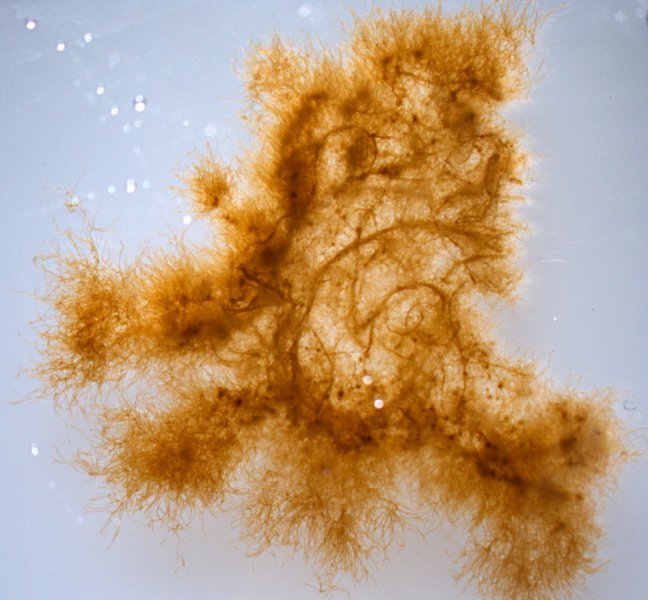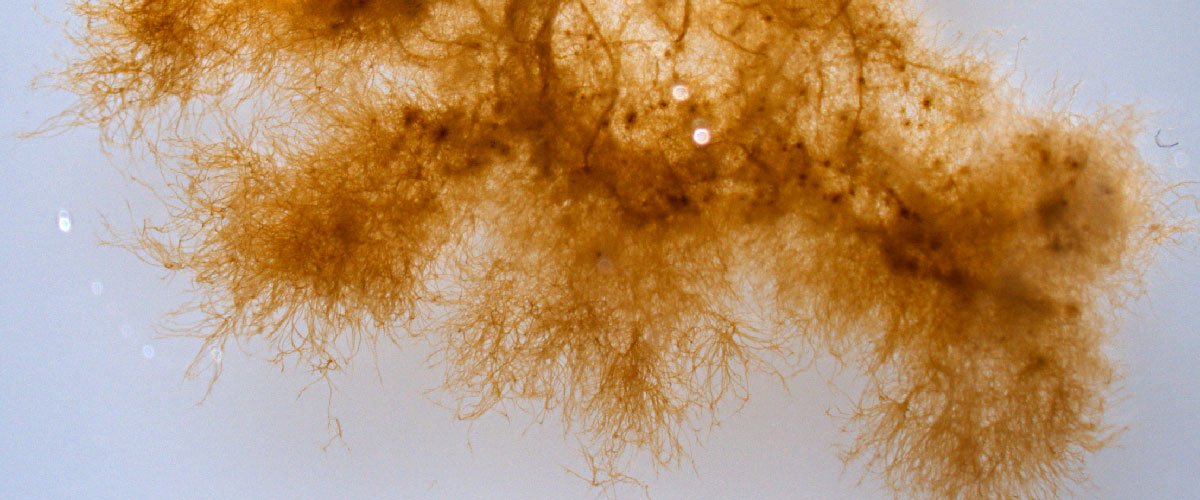New publication : Convergent evolution in diverse multicellular organisms
DOI: https://doi.org/10.7554/eLife.43101
Brown algae and land plants are two groups of multicellular organisms that have been evolving independently for over a billion years. Their last common ancestor is thought to have existed as a single cell; then, complex multicellular organisms would have appeared independently in each lineage. Comparing brown algae and land plants therefore helps us understand the rules that guide how multicellular organisms evolve from single-celled ancestors.
During their life cycles, both brown algae and land plants alternate between two multicellular forms: the gametophyte and the sporophyte. The gametophyte develops sexually active reproductive cells, which, when they merge, give rise to the sporophyte. In turn, spores produced by the sporophyte give rise to the gametophyte. Specific developmental programs are deployed at precise points in the life cycle to make either a sporophyte or a gametophyte.
Two proteins known as TALE HD transcription factors help to control the life cycle of single-celled algae related to land plants. Similar proteins are also required for the sporophyte to develop at the right time in land plants known as mosses. This suggests that, when multicellular organisms emerged in this lineage, life cycle TALE HD transcription factors were recruited to orchestrate the development of the sporophyte. However, it was not clear whether TALE HD transcription factors play equivalent roles in other evolutionary groups.
To address this question, Arun, Coelho et al. examined two mutants of the brown alga Ectocarpus that produce gametophytes when the wild-type alga would have made sporophytes. Genetic analyses revealed that these mutated brown algae carried genetic changes in two genes that encode TALE HD transcription factors, indicating that these proteins also regulate the formation of sporophytes in brown algae. Taken together, the results suggest that TALE HD transcription factors were originally tasked with controlling life cycles, and then have been independently harnessed in both land plants and brown algae to govern the formation of sporophytes. Importantly, this observations suggests that there may be fundamental constraints on the evolutionary pathways that lead to the emergence of complex multicellularity.
Proteins similar to TALE HD transcription factors also regulate life cycles in other lineages, such as fungi and social amoebae, supporting the idea that the role of this type of protein in life cycle regulation is very ancient. It now remains to be explored whether transcription factors similar to TALE HD regulate life cycles and developmental programs in other multicellular organisms, such as animals.

The sporophyte of the brown alga Ectocarpus.
Image credit: Delphine Scornet, CNRS (CC BY 4.0)
Convergent recruitment of TALE homeodomain life cycle regulators to direct sporophyte development in land plants and brown algae
Alok Arun1, Susana M Coelho1, Akira F Peters2, Simon Bourdareau1, Laurent Pérès1, Delphine Scornet 1, Martina Strittmatter1, Agnieszka P Lipinska1, Haiqin Yao1, Olivier Godfroy1, Gabriel J Montecinos1, Komlan Avia1,
Nicolas Macaisne1, Christelle Troadec3, Abdelhafid Bendahmane3, J Mark Cock1
1 Sorbonne Universite, CNRS, Algal Genetics Group, Integrative Biology of Marine Models (LBI2M), Station Biologique de Roscoff (SBR), Roscoff, France;
2 Bezhin Rosko, Santec, France;
3 Institut National de la Recherche Agronomique (INRA), Institute of Plant Sciences Paris-Saclay (IPS2), CNRS, Universite´ Paris-Sud, Orsay, France








